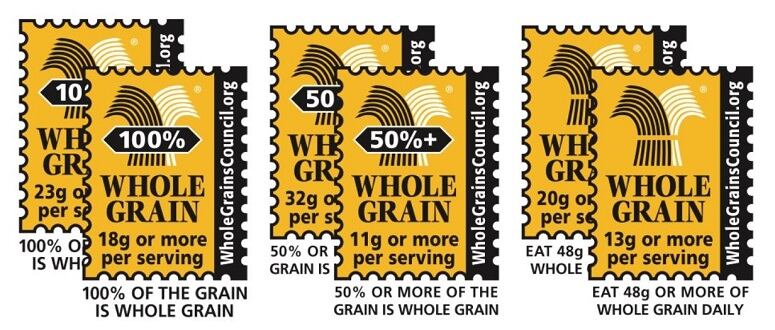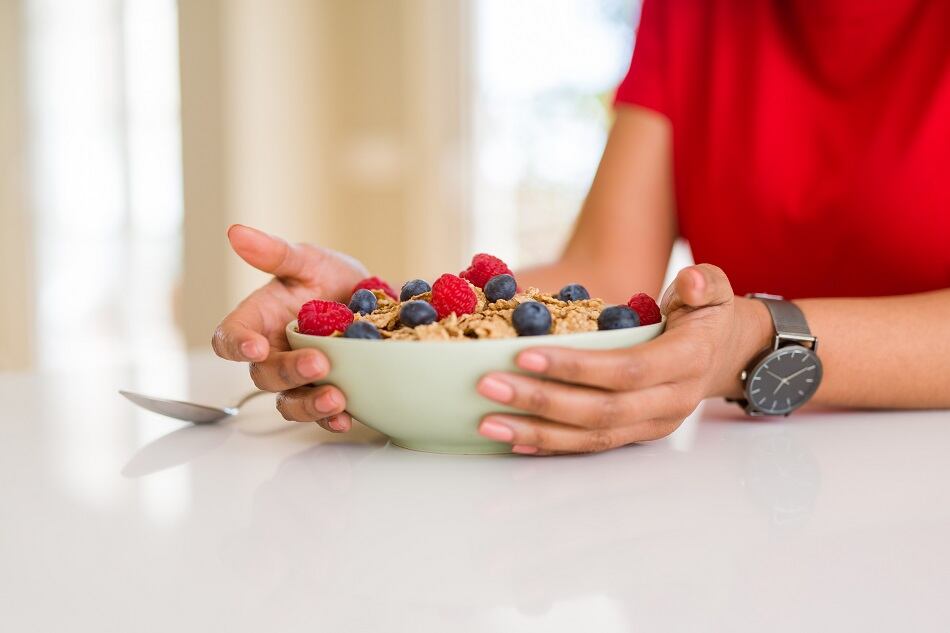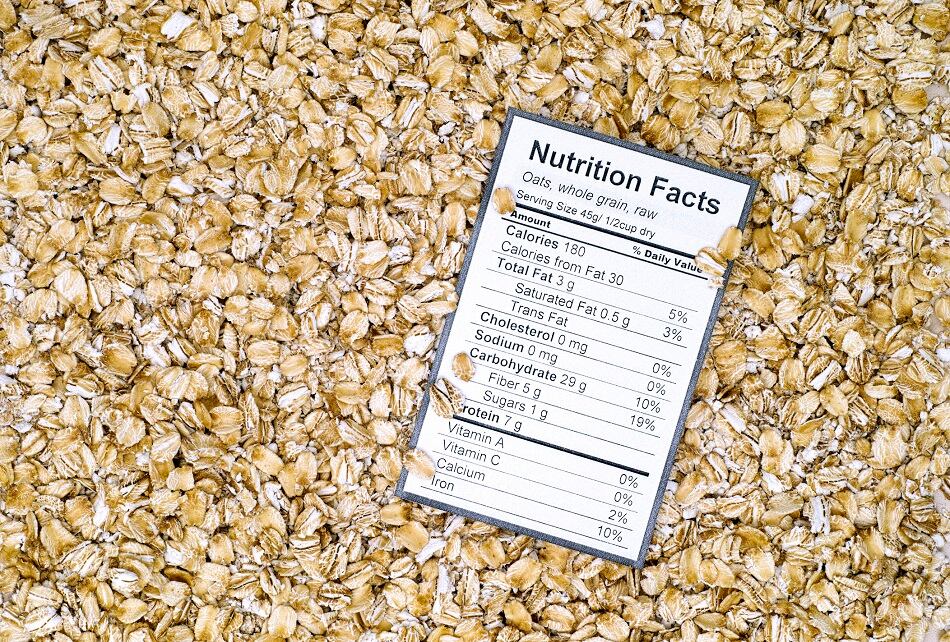In the study published in Public Health Nutrition earlier this month, researchers reported that the majority of the 1,003 respondents could not identify the nutritional quality or whole grain content when given a series of hypothetical and existing products with various labeling.
SEE ORIGINAL COVERAGE OF THE STUDY.
In the first phase of the study, respondents were shown two different hypothetical labeling variations of a product (i.e. a loaf of bread, box of crackers, or cereal) and asked which product was “healthier,” of which, 29-47% of respondents answered incorrectly (specifically, 31% incorrectly for cereal, 29-37% for crackers, 47% for bread), said the study authors.
Given the design of the first portion study in which participants were asked to assess the nutritional quality of hypothetical products that do not actually exist on the market, it’s no surprise that consumers were confused or answered incorrectly, said Toups.
“But that doesn’t mean that these results are indicative of the real world because these products aren’t necessarily products you would see on shelves….so I don’t think we can necessarily make the assumption that consumers are confused about real products in that way,” Toups told FoodNavigator-USA.
‘For a study about whole grain labeling this seems like a huge omission’
The Oldways Whole Grains Council stated that it has long recognized that marketing buzzwords such as ‘multigrain’ and ‘made with whole grains’ are not reliable indicators of how much whole grain is in a product, which is why the organization created the Whole Grain Stamp fifteen years ago, which depicts the gram amount of whole grains in one serving of a product to make easier for consumers to products made with whole grains
There are three different varieties of the Whole Grain Stamp in the US: the 100% Stamp (all grain ingredients must be 100% whole grain), the 50% Stamp (at least half of grain ingredients must be whole grain), and the Basic Stamp (must contain at least 8g of whole grain or a half serving of whole grains).

In the second portion of the study, authors asked participants to quantify the amount of whole grains in various existing products on the market.
Oldways Whole Grains Council argued that in this part of the study, the actual products shown to participants did not clearly show the level of the Whole Grain Stamp (i.e. 50%+ Stamp and the 100% Stamp) and allow them to compare between the two, which would provide a clearer picture of the product's whole grain content.
Rather, the participants were sent on a “goose chase” across the front packaging, Nutrition Facts Panel, and ingredient listing, and were then asked to put the whole grain content into subjective categories such as ‘contains little to no whole grain’, a determination which is nearly impossible for any consumer to make because the information is simply not available unless the package bears the Whole Grain Stamp, argued the Council.
“Whole grains are a food group, not a nutrient, so there is currently no quick lab test that companies can run to quantify whole grain content, as they would with fat, calories, or something you’d find on the Nutrition Facts Panel,” it said.
“For a study about whole grain labeling this just seems like a huge omission to not address the solutions that already exist,” said Toups.
According to the Oldways Grain Council, the Whole Grain Stamp has been an effective tool for consumers to identify products made with whole grains.
Data from the 2018 Whole Grain Consumer Insight Survey found that 51% of consumers are less likely to trust the product’s claims about whole grains without the Whole Grain Stamp. In a census-representative survey of 1,500 consumers, 62% of respondents correctly identified the meaning of the 100% Whole Grain Stamp, 65% correctly identified the meaning of the 50%+ Stamp, and 55% of respondents correctly identified the meaning of the Basic Stamp.
Reality of whole grain products available to consumers
Further, the authors created hypothetical products in which all of the products with various whole grain claims (such as the Whole Grain Stamp) had “nutritional disadvantages,” however, this hypothetical situation is not at all reflective of real-world examples of products that carry the various levels of the Whole Grain Stamp, said Toups.
Of the more than 10,700 products registered for the Whole Grain Stamp in the US, 79% of them make at least half of their grains whole. Of all the products carrying the Whole Grain Stamp, the average whole grain gram amount is 25g per serving.
“This study seems to paint a misleading picture of the products that are available in real life,” Toups added.




